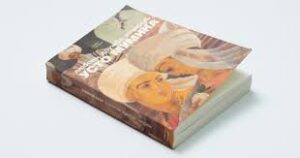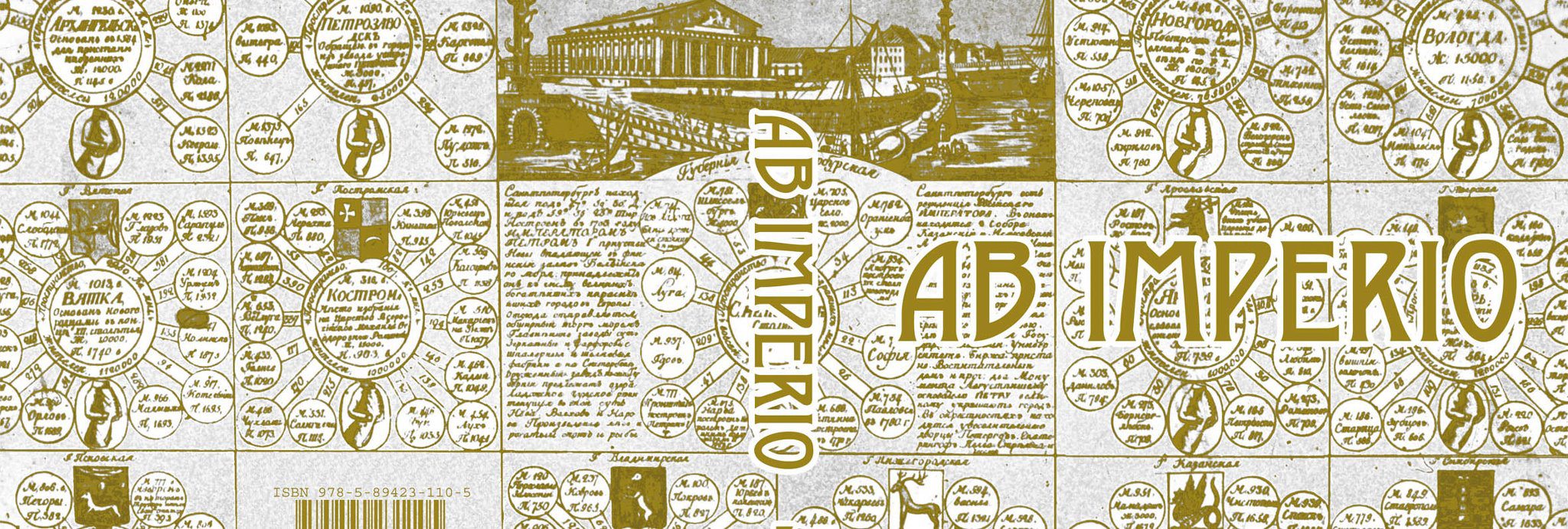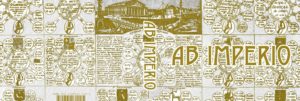Best Historical Research of 2023: Ab Imperio and KRES Poliskola finalize the competition and award the winners
KRES Poliskola is pleased to present to your attention the results of the VII Annual Ab Imperio competition for the best research on new imperial history of Northern Eurasia, diversity and nationalism in the post-Soviet space until the end of the 20th century.
Many interesting works were submitted for the competition, among which the International Contest Committee comprised of the Ab Imperio’s editorial board and editors selected the following:
1) Best book:
 Oscar Sanchez-Sibony
Oscar Sanchez-Sibony
The Soviet Union and the Construction of the Global Market: Energy and the Ascent of Finance in Cold War Europe, 1964–1971.
Cambridge: Cambridge University Press, 2023. 248 pp., ill. Bibliography. Index. ISBN: 978-1-108-83454-4
Oscar Sanchez-Sibony reveals the origins of our current era in the dissolution of the institutions that governed the architecture of energy and finance during the Bretton Woods era. He shows how, in the second half of the 1960s, the Soviet Union sought to dismantle the compartmentalized nature of Bretton Woods in order to escape its material ostracism and pave a path to global finance and exchange that the United States had vetoed during the 1950s and 1960s. Through the construction of a set of pipelines that helped Europe’s energy regime change from coal to oil and gas, the Soviet Union succeeded in developing market relations and a relationship with Western capital as durable as the pipelines themselves. He shows how a history of the development of capitalism needs to integrate the socialist world in bringing about the new form of capitalism that regiments our lives today.
Special mention:
 Boris Chukhovich “Love, friendship, eternity of Usto Mumin.”
Boris Chukhovich “Love, friendship, eternity of Usto Mumin.”
Prague: Artguide s.r.o and Garage Museum of Contemporary Art, 2023. 432 pp., ill. Bibliography. ISBN 978-80-908899-1-0275.
The book by art historian Boris Chukhovich is dedicated to the first and most significant creative cycle of the artist Alexander Nikolaev (Usto Mumin), which was created after moving from Moscow to Central Asia in 1920 and the artist’s conversion to Islam in 1922. Focusing on the analysis of the central work of the cycle, the tempera “Love, Friendship, Eternity” (1928), the author demonstrates the history of art historical descriptions of Usto Mumin’s works, the stylistic sources of his work and the formal features of his language. Boris Chukhovich’s unique twenty-year study presents for the first time a variety of sources, evidence and archival documents.
2) Best article in a peer-reviewed academic journal or chapter in a scholarly collection:
 Stephan Rindlisbacher and Alun Thomas, “Paths Not Taken: How Did Nomadism Affect Border-Making during National Delimitation in Central Asia?”
Stephan Rindlisbacher and Alun Thomas, “Paths Not Taken: How Did Nomadism Affect Border-Making during National Delimitation in Central Asia?”
Ab Imperio, no. 2 (2023): 117–141.
The national delimitation of Soviet Central Asia in 1924 embedded a particular interpretation of nationhood into the constitutional structures of the Soviet Union. Pastoral nomadism was still common, and the dichotomy between sedentary and nonsedentary peoples became important in dividing nationalities: Uzbek versus Kyrgyz, Kazakh, and Turkmen. But the decision to build territorial national autonomies enhanced the importance of borders, and the logic of internal borders became insensitive to nomadic interests. The eventual project of national delimitation sidelined alternative viable scenarios for rearranging the region’s populations and territories, such as a Central Asian Federation, economic raionirovanie, or embracing a nomadic perspective on space.
Special mention:
 Vladimir Hamed-Troyansky, “Letters from the Ottoman Empire: Migration from the Caucasus and Russia’s Pan-Islamic Panic”
Vladimir Hamed-Troyansky, “Letters from the Ottoman Empire: Migration from the Caucasus and Russia’s Pan-Islamic Panic”
Slavic Review 82, no. 2 (2023): 311–333.
This article explores the exchange of letters by Caucasus Muslims across the Russo-Ottoman border and the tsarist government’s reactions to it. Between the 1850s and World War I, about a million Muslims left the Caucasus for the Ottoman empire. Many of them, especially Circassians, were expelled by the Russian army, and others, including Chechens, Abkhazians, and Daghestanis, were pushed out or emigrated under tsarist rule. Private letters sustained the Russo-Ottoman Muslim world, which included refugees, emigrants, and pilgrims.
3) Best dissertation chapter:
 Brian Fairley, “Dissected Listening: A Media History of Georgian Polyphony”
Brian Fairley, “Dissected Listening: A Media History of Georgian Polyphony”
New York University, 2023
The misty, rolling foothills that rise from the Black Sea to the Caucasus mountains might seem an unlikely origin point for radical experimentation in recorded sound. Yet from 1916 to 1966, European and Soviet musicologists stretched the limits of recording technology, trying to capture the musical traditions of Guria, a region of Georgia in the South Caucasus. Their experiments aimed to isolate the three vocal parts of Gurian multipart singing — commonly called polyphony — allowing them to transcribe, preserve, and analyze its complex musical form. These recordings, unknown or ignored by previous scholars, offer a counter-history of technological progress, running in parallel to the development of stereo and multitrack recording techniques in Western Europe and North America…
This round of competition is over! The call for nominations for the 2024 publication awards will be announced in the fall.
For the announcements of the 2024 competition, please follow the website of the AB Imperio magazine and subscribe to the news of our KRES Poliskola.
Good luck!




